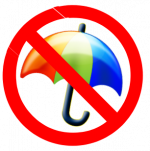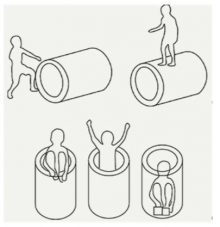Table of Contents
Causation without decisions
The foundational texts on statistical causation1)2) frequently remind us that causal inference is necessary to estimate the outcomes of decisions. Suppose for instance that we have access to a trove of medical reports describing the outcomes $Z$ of applying medical treatment $Y$ to patients presenting symptom $X$. It is well known that the conditional distribution $P(Z|X,Y)$ estimated using such a dataset is a poor way to determine which treatment works best. More precisely, this approach fails badly when there exist so called confounding variables $U$ that
- were not included in the report, but
- have affected the treatment choices made by the doctors, and
- have an impact on the outcomes.
Causation without decisions
Three views on causation
Although causation is a crucial component of the human cognitive experience, giving a precise and complete definition of causation has proven surprisingly challenging. The purpose of this page is to outline three very different viewpoints on causation that I believe relevant for Artificial Intelligence and inadequately addressed by Machine Learning techniques.
Causation and manipulation
The manipulative theory of causation has been widely adopted in the statistical community because it accounts for many subtleties one encounters in the interpretation of experimental data 3)4)
refs 5)
Causation as a reasoning system
refs 6)




